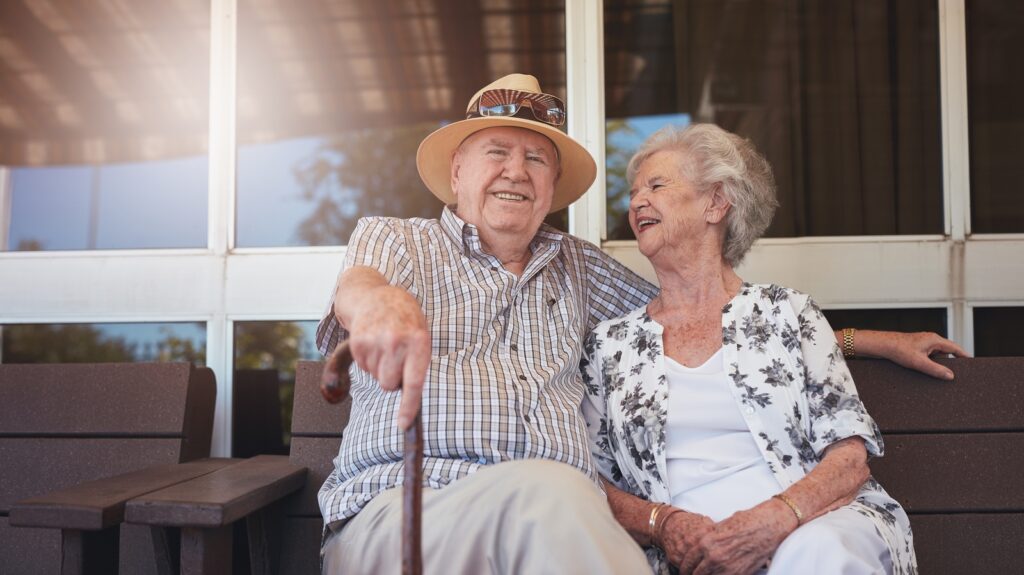
Relaxing outside their long-term home and enjoying life, as well as each other’s company, with the knowledge that they have a home that will continue to serve their needs in the coming years.
The popularity of aging in place
Aging in place has become a consistently popular topic of discussion, even if there is some disagreement about what it entails or how to go about achieving it. There are some who take a very comprehensive approach to creating aging in place solutions or defining what it means to age in place, while others take a more minimalistic view with fewer design treatments and pronouncements on what is required. There is room for many approaches, and no single way is going to apply universally.
The main things to remember are that aging in place is individually defined and applied and that it does not require any changes in what someone currently is doing to use their home. While we might want to see some changes, they are not required. Aging in place is not a design standard but an approach to living in and occupying one’s home safely.
Aging in place is a continuum
Aging in place simply means that people get to remain in their homes as they get older. This is a fantastic concept because there is no disruption in their lives or any type of major readjustment that is necessary.
Also, there is no implied expense to incur. While people may want to make changes in their home to update its look or make it more useful for themselves, this may not be required or necessary.
The idea of aging in place means that people can stay where they are without needing to move to enjoy a safe lifestyle that accommodates all of their needs. This is where it gets subjective rather than objective. There is no set of measurable criteria that applies to all homes and circumstances that says that a home subscribing to all of the items we might want to see addressed is in compliance with aging in place and others are not. Who is to say that someone is not enjoying their home even though it might not be something we would want for ourselves?
There are low-cost options available
Not everyone will choose to make improvements to their dwelling, but whether they do or not, all can remain living where they are indefinitely. It’s not the number of modifications but the commitment to continue living in their home that matters the most.
As people desire to remain in their present homes, they don’t need to set aside a huge budget to make necessary or desired repairs and improvements. Some are going to be relatively simple and modest in terms of budget. The type of treatments that are selected will affect how much is spent also. Aging in place solutions are personal and do not need to be particularly expensive (although they can be), and anyone who wants to improve their home can do so – on their own terms.
